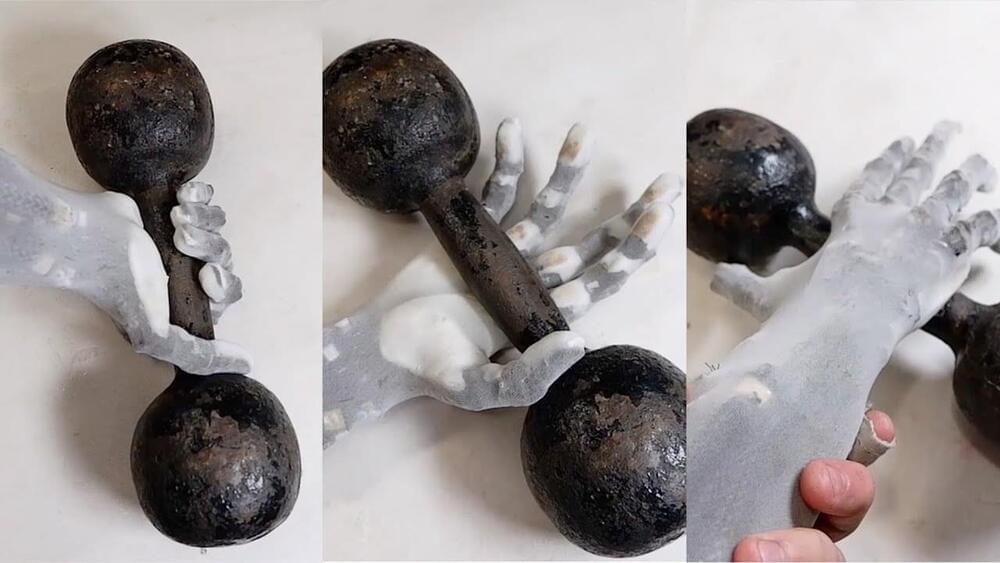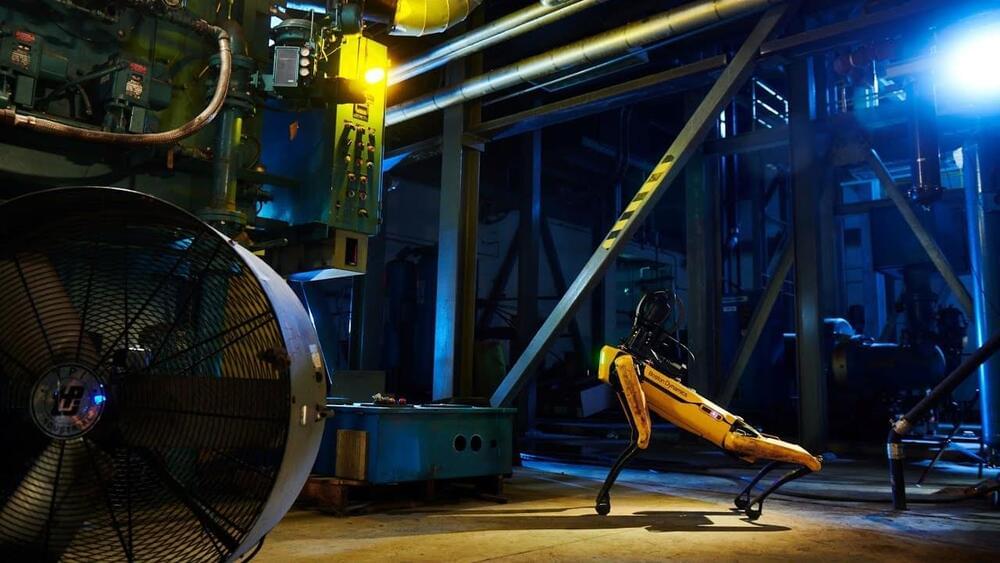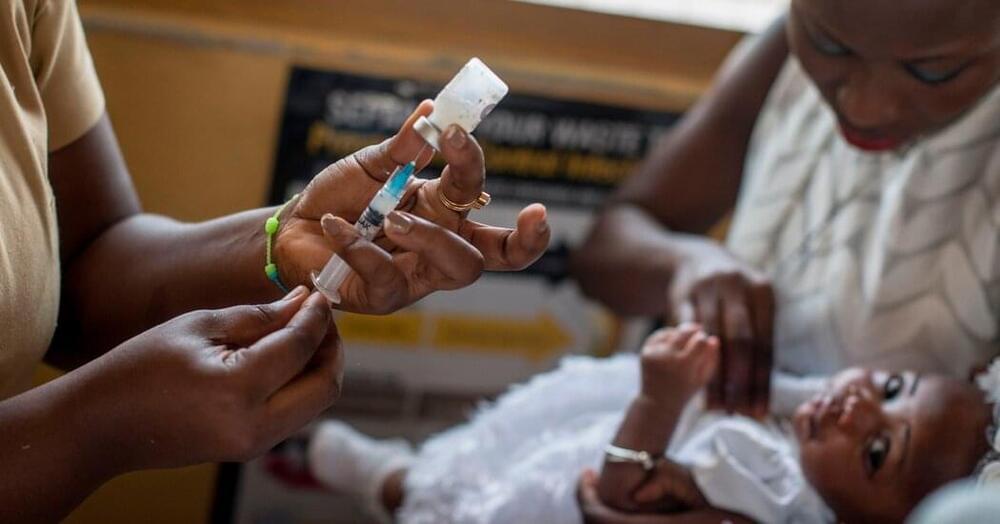FDA amended the emergency use authorization (EUA) for the Pfizer-BioNTech COVID-19 Vaccine to allow for the use of a single booster dose, to be administered at least six months after completion of the primary series with the Pfizer-BioNTech COVID-19 Vaccine in certain populations.
It’s Time to welcome our Space Brothers.
Is there intelligent life elsewhere in the universe? It’s a question that has been debated for centuries, if not millenia. But it is only recently that we’ve had an actual chance of finding out, with initiatives such as Seti (Search for Extraterrestrial Intelligence) using radio telescopes to actively listen for radio messages from alien civilisations.
What should we expect to detect if these searches succeed? My suspicion is that it is very unlikely to be little green men—something I speculated about at a talk at a Breakthrough Listen (a Seti project) conference.
Suppose there are other planets where life began and that it followed something like a Darwinian evolution (which needen’t be the case). Even then, it’s highly unlikely that the progression of intelligence and technology would happen at exactly the same pace as on Earth. If it lagged significantly behind, then that planet would plainly reveal no evidence of extraterrestrial life to our radio telescopes. But around a star older than the Sun, life could have had a head start of a billion years or more.
We have achieved strong, fast, power-dense, high-efficiency, biomimetic, soft, safe, clean, organic and affordable robotic technology. Dumbbell weights 7 kg (15,6 lbs) 0 forearm with hand only 1 kg (2,2 lbs).
This artificial muscles robotic arm is operated by water and consumes 200W at peak. We invent and produce portable power supply and our own electro-hydraulic mini valves to have complete controllability of speed contraction and compress the whole powering system (for a full body) inside humanlike robot torso.
At this moment our robotic arm is operated only by a half of artificial muscles when compared to a human body. Strongest finger-bending muscle still missing. Fingers are going to move from left to right but they don’t have muscles yet. Metacarpal and left-to-right wrist movement are also blocked. This version has a position sensor in each joint but they are yet to be software-implemented. We are going to add everything mentioned above in the next prototype.
The movement sequence was written and sent by simple commands to a hand. We wish to develop a platform for reinforcement learning purposes, prosthetic arms and ultimately a full humanoid robots to serve people for fun, as butlers, cleaners, chauffeurs, construction workers (also in space) and even achieve human immortallity by transplanting the brain into the machine.
Asset Performance Management
Posted in robotics/AI
Learn More.
Boston Dynamics.
Accelerate your digital transformation and discover how dynamic sensing unlocks flexible, reliable data capture for.
What is the origin of life? It is a question that has consumed the work and time of scientists for centuries. Recently a group of researchers from the University of Hong Kong (HKU) has shed light on the possible ways forward to examine how living things are formed.
The idea of ‘absolute time’ is an illusion. Physics and subjective experience reveal why.
It seems inevitable that sooner or later, the performance of autonomous drones will surpass the performance of even the best human pilots. Usually things in robotics that seem inevitable happen later as opposed to sooner, but drone technology seems to be the exception to this. We’ve seen an astonishing amount of progress over the past few years, even to the extent of sophisticated autonomy making it into the hands of consumers at an affordable price.
The cutting edge of drone research right now is putting drones with relatively simple onboard sensing and computing in situations that require fast and highly aggressive maneuvers. In a paper published yesterday in Science Robotics, roboticists from Davide Scaramuzza’s Robotics and Perception Group at the University of Zurich along with partners at Intel demonstrate a small, self-contained, fully autonomous drone that can aggressively fly through complex environments at speeds of up to 40kph.
The world has gained a new weapon in the war on malaria, among the oldest known and deadliest of infectious diseases: the first vaccine shown to help prevent the disease. By one estimate, it will save tens of thousands of children each year.
Malaria kills about half a million people each year, nearly all of them in sub-Saharan Africa — including 260,000 children under 5. The new vaccine, made by GlaxoSmithKline, rouses a child’s immune system to thwart Plasmodium falciparum, the deadliest of five malaria pathogens and the most prevalent in Africa.
The World Health Organization on Wednesday endorsed the vaccine, the first step in a process that should lead to wide distribution in poor countries. To have a malaria vaccine that is safe, moderately effective and ready for distribution is “a historic event,” said Dr. Pedro Alonso, director of the W.H.O.’s global malaria program.
Researchers who built the device say it can lock itself onto the thruster nozzles used by most satellites and stay there for long periods undetected.









